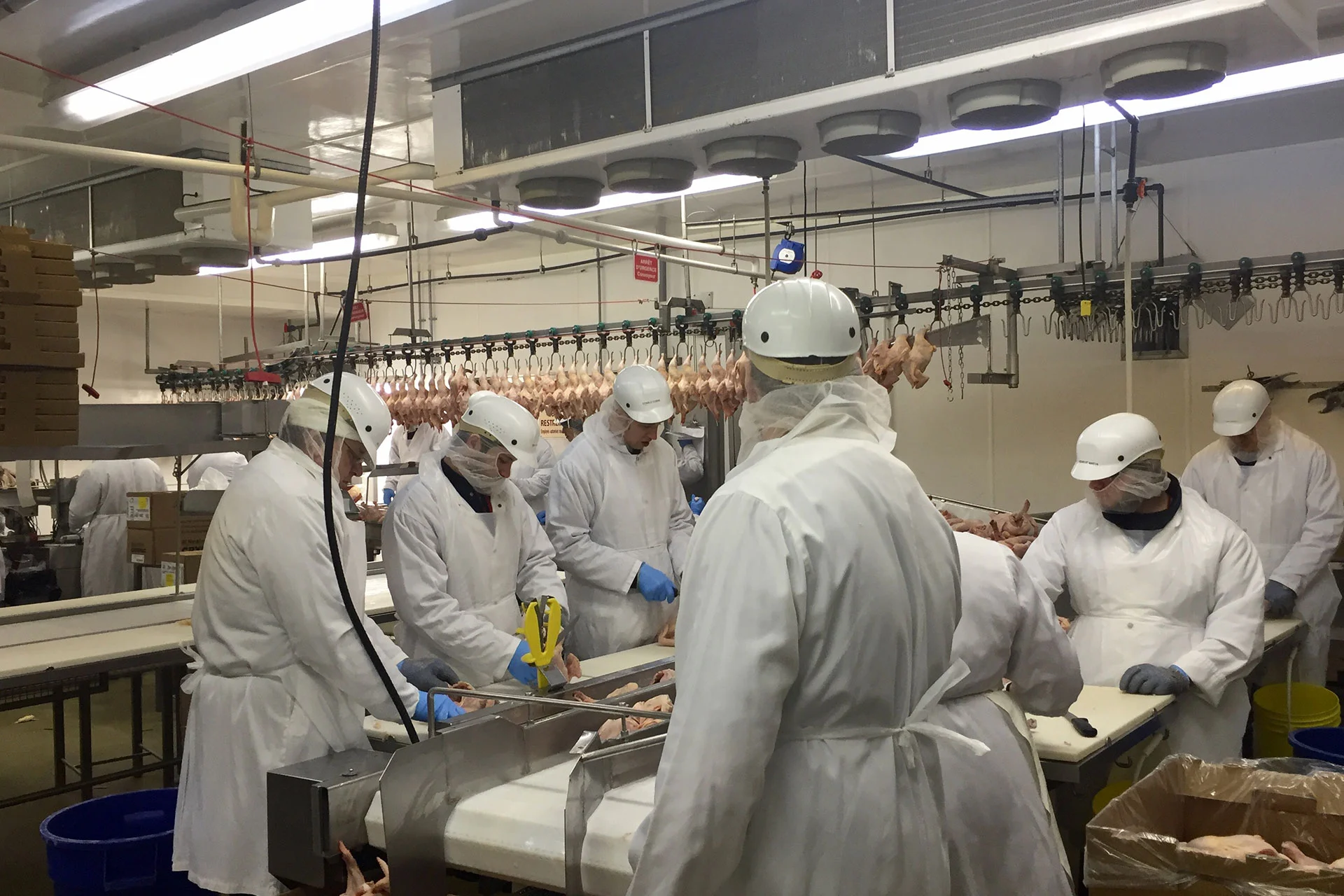In the first part of this article, we discovered what "lighthouse" organizations are as well as what practices set them apart from others. Pioneers in terms of technology adoption, they are forward-thinkers who embrace the advancements and benefits derived from the adoption of 4.0 technologies. In this second article, we'll touch upon scaling. How can companies like yours scale their 4.0 projects to reach efficiency levels similar to those attained by lighthouses? What drives value when scaling? What contributes to enabling this scale-up? It's not because your organization isn't a powerhouse corporation that expanding on these projects is impossible.
Without further due, let's take a look at the two main routes to scale suggested by McKinsey & Company.
First, innovation of the production system. More often than not, companies with a significant competitive advantage are those who have reached operational excellence. They are continuously on the look-out for ways to increase their productivity and performance by improving their production systems. Before committing to a full deployment, start small. Apply innovative strategies to a few areas to facilitate further expansion.
Second, innovation of the end-to-end value chain. Value is created when innovation is introduced across the value chain. Companies are changing their operations with new or enhanced value propositions such as new products, new services, smaller lot sizes, shorter lead times and more. Following the same concept as the first method, it begins with the change among one value chain, to then scale to other manufacturing sites.
It's important to note that these methods are not mutually exclusive. They can be both be used simultaneously to complement one another.
How to stimulate value creation?
To have a successful implementation of new technologies across their factories, lighthouses apply five differentiators that alter the way technology is implemented, used and perceived.
- Big-data decision making: The decision making process is based on the big data collected and patterns uncovered rather than on hypothetical scenarios.
- Democratized technology: Technology is transforming the way floor employees fulfill their daily tasks. Operators are developing their own tools and solutions to ease and further automate their work.
- Agile working mode: With this working mode, it allows for organizations to execute their proofs of concept in no time, enhance the solution based on the gathered insights and rapidly move towards scaling.
- Minimal incremental cost to add use cases: Plants can focus on various areas at once with only a minimal increase in cost when unfolding use cases in various areas.
- New business models: With new and revisited business models, lighthouses are able to complete and/or disturb conventional business and value chain.
What are these success factors that will unlock the potential of scalability?
These four enablers are an integrant part of the strategies implemented by lighthouses in order to reach greater profitability.
- Strategy and business case: The organizations put the Fourth Industrial Revolution at the very centre of their value creation strategies.
- IoT architecture built for scale-up: Lighthouses have an architecture made to support IoT initiatives, facilitating the scalability and interoperability. The information flows converge in one central location and interfaces are standardized.
- Capability building: By shifting to smart factory technologies, you're enabling employees to build new capabilities, learn the basics of new digital technology, to implement business cases in a more efficient way.
- Workforce engagement: Put people are the forefront of this change. Name a champion that will act as a role model and will empower your teams by communicating a clear message and involving employees all throughout the journey.
Up next, we're wrapping up the journey to embodying lighthouses with the final steps for manufacturers.















